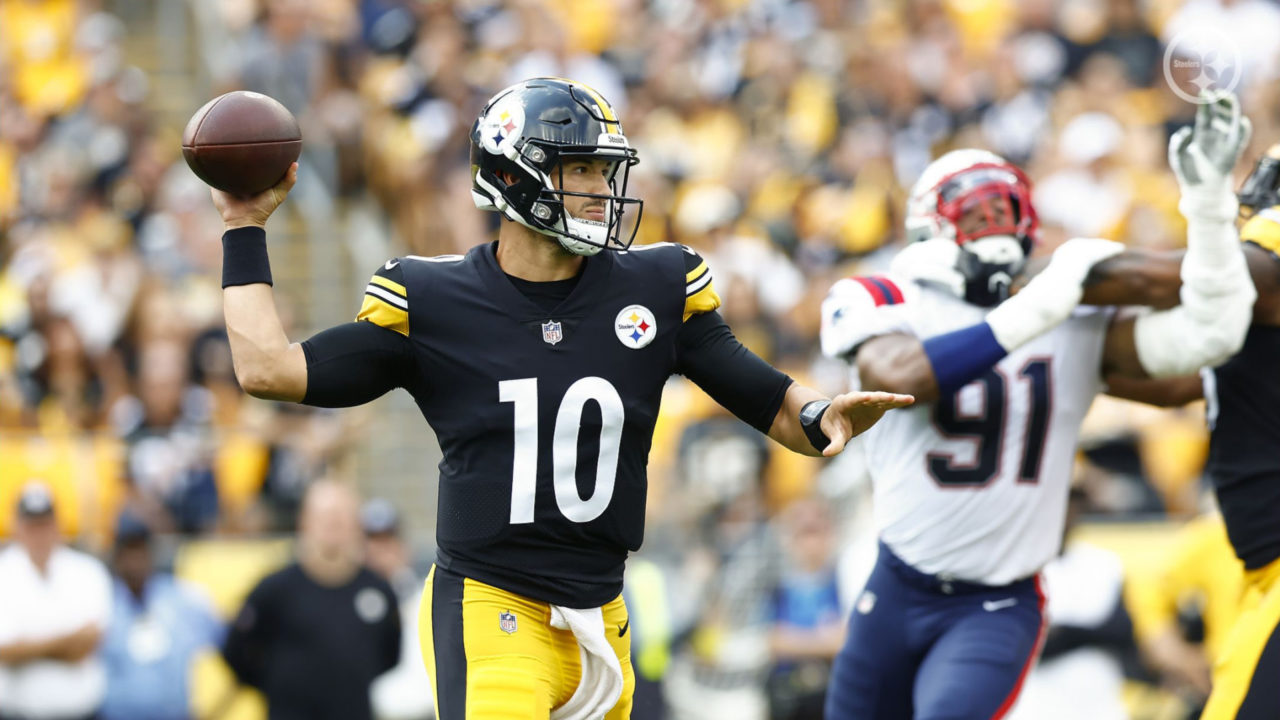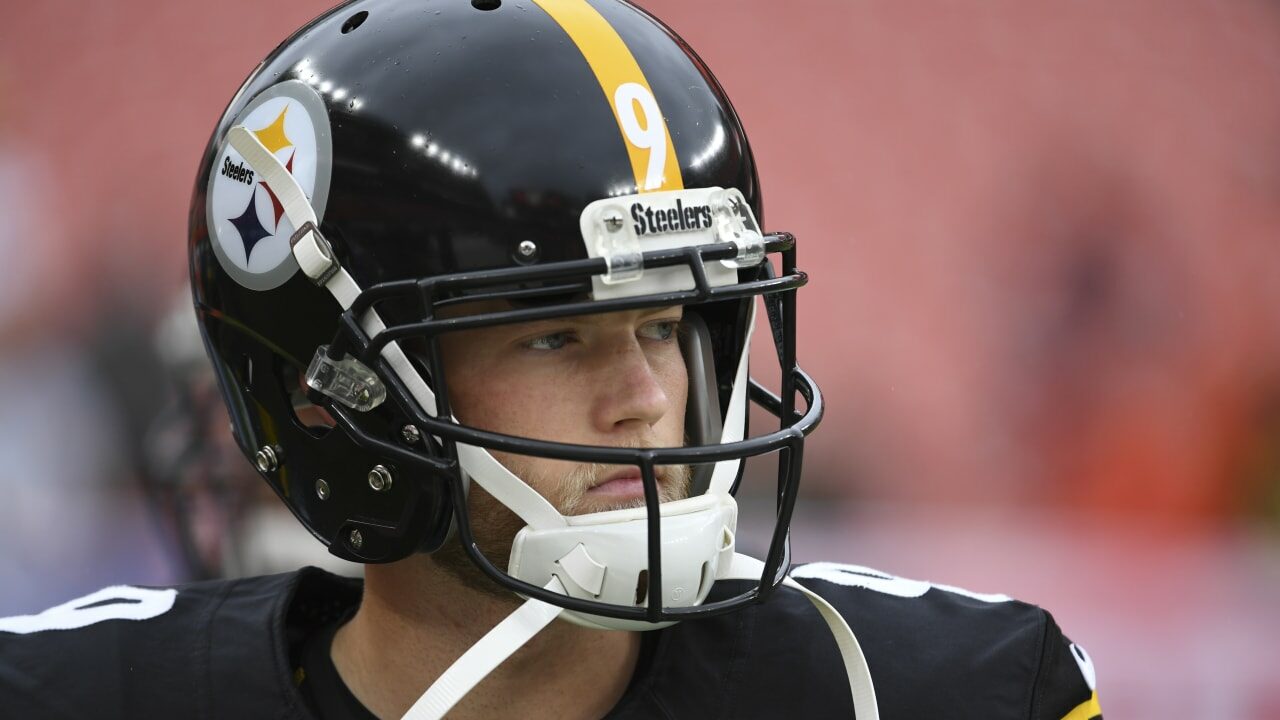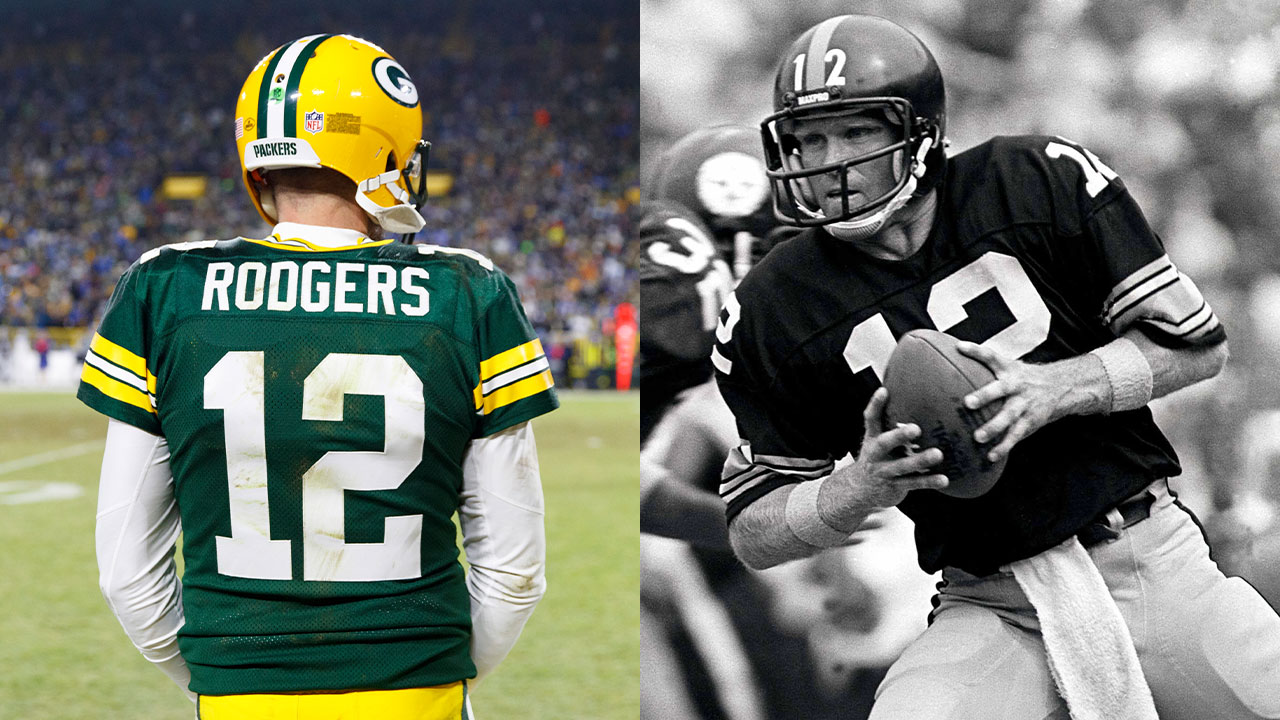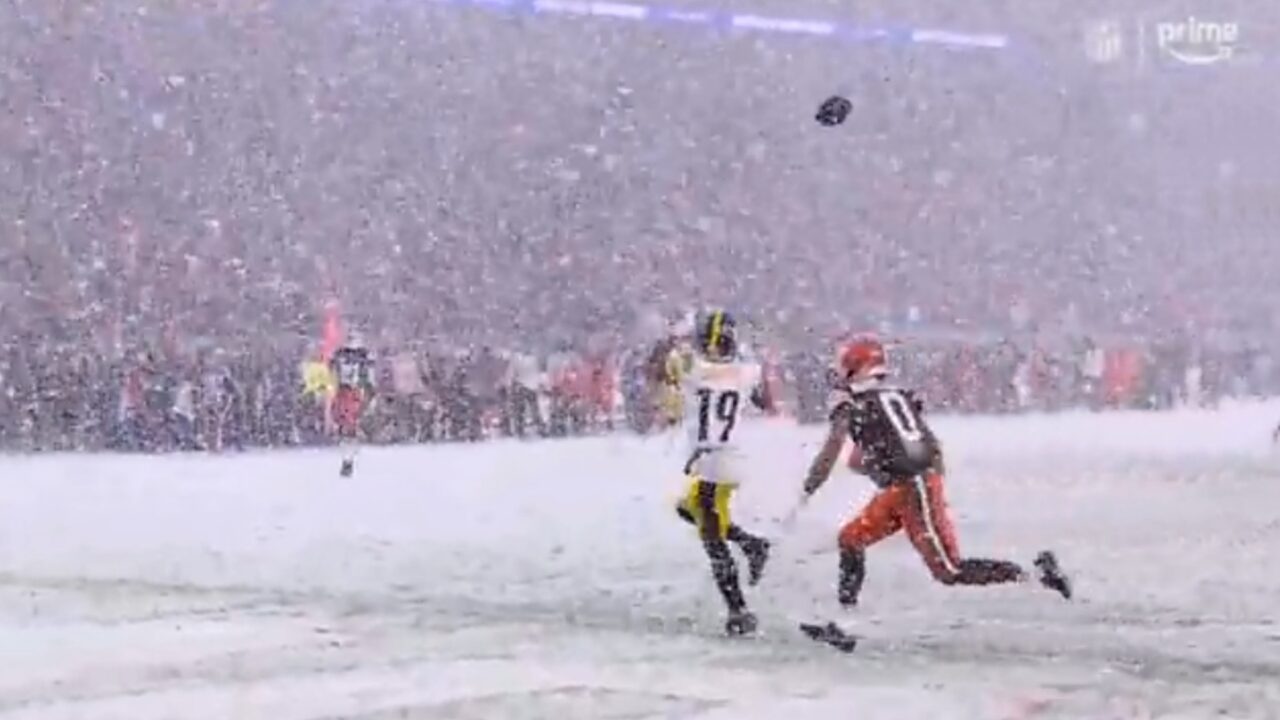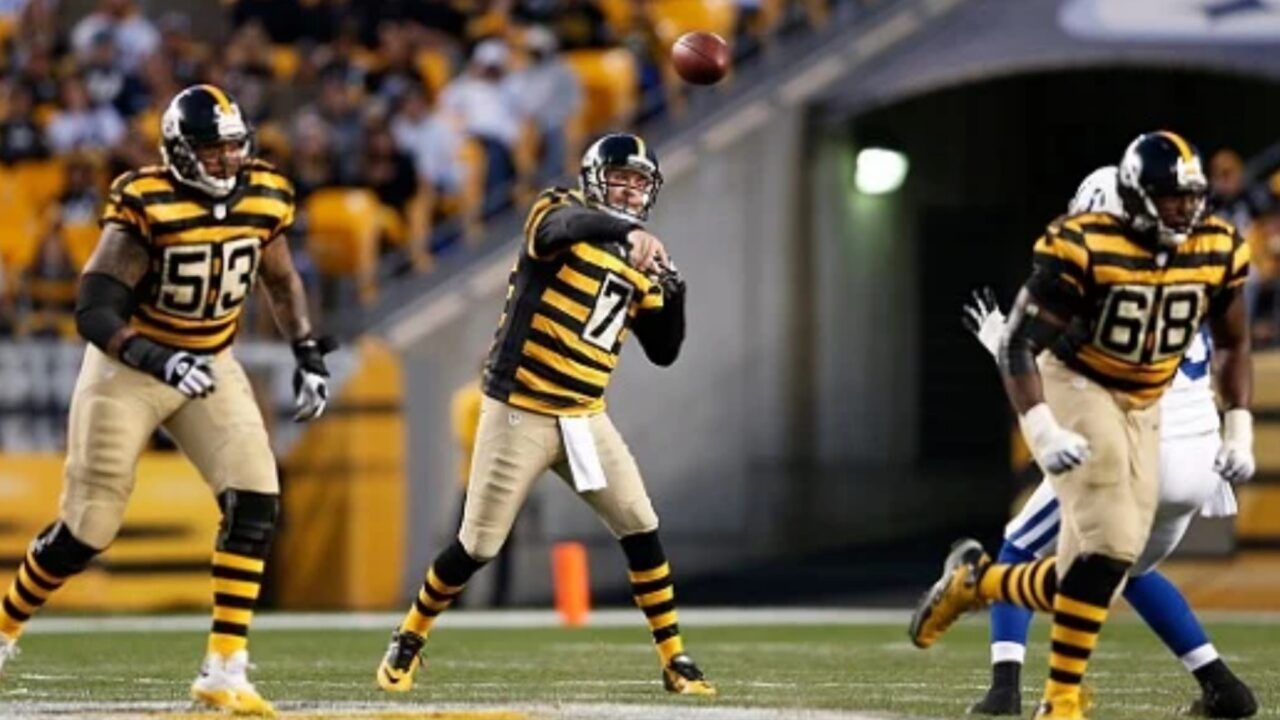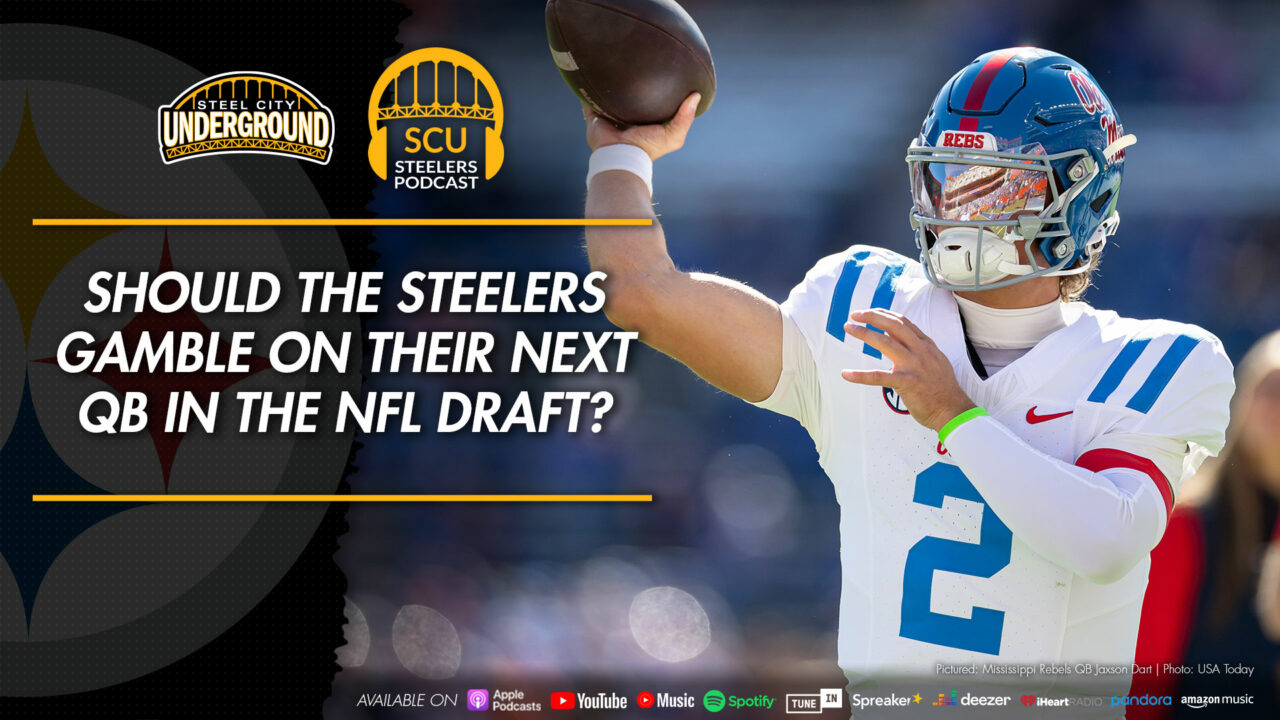Have we seen Mitch Trubisky’s ceiling as the Steelers starting QB?
The first three games of the Pittsburgh Steelers 2022 season, the first in 18 such years without Ben Roethlisberger as the starting quarterback, has been nothing short of a rollercoaster ride.
In fact, the ride began earlier this year, on January 3rd, when Roethlisberger’s imminent retirement was made official in a farewell game against the Cleveland Browns. From that moment forward, speculation about his replacement ran rampant through free agency, the draft, and even continues into this upcoming weekend against the New York Jets.
The first potential suitor, Mitchell Trubisky, was signed in March. The former second-overall pick in the 2017 NFL Draft (Chicago Bears) played four seasons with his original team before backing up Josh Allen in Buffalo last season.
The pedigree around Trubisky suggested he would always be the first choice by head coach Mike Tomlin and his staff, as not only a high former first round pick, but also a quarterback with 50 starts, playoff experience, and a Pro Bowl nod under his belt.
Yet, through the first three games of this season, the sun could be setting on Trubisky. Tomlin claims that he hasn’t heard the chants for Steelers rookie QB Kenny Pickett, taken 20th overall in this year’s draft, but internally they must know that the University of Pitt product is slated to be the future of the team.
Pickett’s debut appears to rest on the performance of Trubisky, the latter who must play well enough to keep the first-year player at bay. So far, that appears to have happened by default.
Through three games this season, Trubisky’s numbers are as follows:
62/103 60.2% 569 YDS 2 TD 1 INT 5 SCK 0 FMB
He’s at or near the bottom in several passing categories in the league:
- 27 of 34 in passing yards
- 29 of 34 in passing touchdowns
- 26 of 32 in completion percentage
- 17 of 34 in passing attempts
- 32 of 32 in yards-per-attempt
Trubisky proponents will argue several items, including that the quarterback is in a new system, that system (as in offensive coordinator Matt Canada’s) isn’t good, or the offensive line is sub-par.
While all of those things can be true, Trubisky’s recent play unfortunately follows a pattern of how he played in Chicago, too, with his numbers through three games in Pittsburgh nearly mirroring a batch of three-game stretches with the Bears.
Take a peek at Mitch Trubisky's 2020 season when he was last a starter w/Bears
First 3 Games:
51/86 59.3% 560 YDS 6 TD 3 INT 7 SCK 1 FMBMiddle 3:
76/113 67.3% 776 YDS 7 TD 2 INT 8 SCK 4 FMBLast 3:
72/98 73.5% 719 YDS 3 TD 3 INT 3 SCK 1 FMB— Joe Kuzma (SCU) (@Joe_Kuzma) September 5, 2022
Those who follow my work already know the above numbers, however, you may not realize how deep the pattern goes when it comes to the “game management” aspect of Trubisky’s play. I firmly believe that the Steelers brought him in to not make mistakes and allow the defense to hold up the fort.
Unfortunately, the lack of offense has been crushing the Steelers defense, leaving them on the field for the second-most game time ever through three games in franchise history.
Putting the defense on their heels game-in and game-out, there’s little to suggest that Trubisky can lead the offense to heights above which he’s already played.
First, let’s acknowledge that Mitch Trubisky aided the Bears to the playoffs and made a Pro Bowl in 2018. It should be noted, that he was a replacement in the Pro Bowl for Jared Goff that year. (Goff was playing in the Super Bowl with the Rams.)
The 2018 Bears defense was also the top-ranked unit in the league in almost every metric, including points allowed and turnover margin, which also aided in Trubisky’s risk-free play managing them into a 12-4 record.
But then the love affair slowly deteriorated. The Bears went from winning their division and a playoff appearance to finishing 8-8 in 2019, missing the postseason but returning despite the same 8-8 record in 2020. In each instance, they lost their Wild Card matchups.
That’s when Trubisky ended his tenure in Chicago, and while he’s moved on, his time with the Bears still paints a large portrait of what his future may be with the Steelers.
While Trubisky had 50 starts with the Bears, the data below is extracted from only 46 games: those in which he’s attempted at least 20 or more passes.
- 7 games with 300+ passing yards
- 19 games with 200 or fewer passing yards
We can probably nudge one more 300+ yard passing game (297) for 8 total and two more 200 or less (202, 207) into these categories as well.
As for touchdown passes, or lack thereof, Trubisky’s 46 Bears games breaks down as follows:
- 1 game with 6 passing touchdowns
- 0 games with 4 or 5 passing touchdowns
- 9 games with 3 passing touchdowns
- 7 games with 2 passing touchdowns
- 15 games with 1 passing touchdowns
- 14 games with 0 passing touchdowns
If you’re following along and doing the math, that’s 29 games (out of 46) where Mitch Trubisky threw one or no touchdown passes. That equates to 63% of his starts or roughly 10 games in a 17-game season.
During that same stretch of 29 games, Trubisky’s TD:INT ratio was 15:24.
That’s a far cry from his 2018 Pro Bowl season ratio of 24:12. Also, add in 28 games with under 7 yards per-pass attempt and the picture becomes clearer that maybe, just maybe, this isn’t all a coaching issue.
For the Trubisky proponents, they still feel he can turn his career around. The thing is, his “bad” games weren’t all littered across his 2017 rookie season either, with a smattering of sub-par play over all four seasons he was with Chicago. Even if you take his two touchdown games into consideration as a “game manager” that could keep your team in the win column, his TD:INT ratio is 14:7 over seven total games, or 2:1.
Adding only “8” 300+ yard passing games, out of 46, doesn’t suggest that he’ll be able to win in shootouts against what’s becoming a crowded AFC arms race.
Even playing close to the vest may still not be enough to keep a team competitive, especially if the defense cannot create takeaways on their end – which was already displayed by a Trubisky interception and a special teams muffed punt by Gunner Olszewski against the New England Patriots.
Could the Patriots or Browns losses have been victories with another quarterback?
Shortly stated, it doesn’t appear that Trubisky can be relied upon consistently to carry the team for a full 60 minutes. Consider his hot/cold streaks in the last three games:
Week 1 – Bengals
Mitchell Trubisky statistics today:
1st Half
7/10 70% 77 YDS 1 TD2nd Half
7/15 46.6% 36 YDSOT
7/13 53.8% 81 YDSFinal
21/38 55.2% 194 YDS 1 TD— Joe Kuzma (SCU) (@Joe_Kuzma) September 11, 2022
Week 2 – Patriots
Trubisky 2nd half
10/14 71.4%
72 YDS
7.2 YPA
14 LNG
1 TD
106.9 QB Rating https://t.co/3V8HvrSfcF— Joe Kuzma (SCU) (@Joe_Kuzma) September 18, 2022
Week 3 – Browns
Trubisky 2nd Half Stats
11/19 (57.8%) 98 YDS
0 TD
0 INT
71.82 QB Rating https://t.co/Ude0zHJX6e— Joe Kuzma (SCU) (@Joe_Kuzma) September 23, 2022
And then, of course, the final drive of the first half, which cost the Steelers from at least getting a field goal on the board against Cleveland:
Trubisky's Final 1st Half Drive + Full 2nd Half Stats
12/24 (50.0%) 118 YDS
0 TD
0 INT
64.24 QB Rating— Joe Kuzma (SCU) (@Joe_Kuzma) September 23, 2022
Steelers Possessions
The above patterns have had a lasting affect on Pittsburgh’s offense, which has done the following with their possessions through three games and 35 drives:
- 17 punts
- 4 touchdowns
- 6 field goals
- 2 missed field goals
- 1 interception
- 1 fumble
- 4 ends of half
The Steelers have also lost a huge “time of possession” battle in each of the first three games, with opposing offenses holding the ball for the following amounts of time:
- Steelers 26:18 | Bengals 43:42 (includes OT)
- Steelers 26:24 | Patriots 33:36
- Steelers 23:51 | Browns 36:09
I’m not sure about you folks, but conceding that amount of time on the field while also punting far more often than scoring doesn’t seem like a winning formula.
Have we seen Trubisky’s ceiling?
Based on Trubisky’s final batch of games in a Bears uniform and his pattern of sub-300 yard passing games, and 0-1-2 touchdown games, it stands to reason that what we’re witnessing with the former first round pick is the best we may get.
His best game, a six-touchdown rout of the Bucs (with only 26 pass attempts), is likely to never be repeated, and there are few other highlights since then that suggest it could.
Also, consider that while Trubisky’s play is below-the-line for NFL quarterbacks, he hasn’t turned the ball over in bunches. That would suggest that he’s not only playing safe, but if “it” hits the fan, things could be much worse. (And what happens if that happens?!)
We have a large enough picture to see where Mitch Trubisky’s highs and lows are – and the way he’s played through three games is proof that this is as good as it gets.
I know that there’s some naysayers who will still point fingers at Mike Tomlin, Matt Canada, or others; that criticism is also fair. Yet, it stands to reason the easiest “fix” at this time is to see if another quarterback can perform better.
